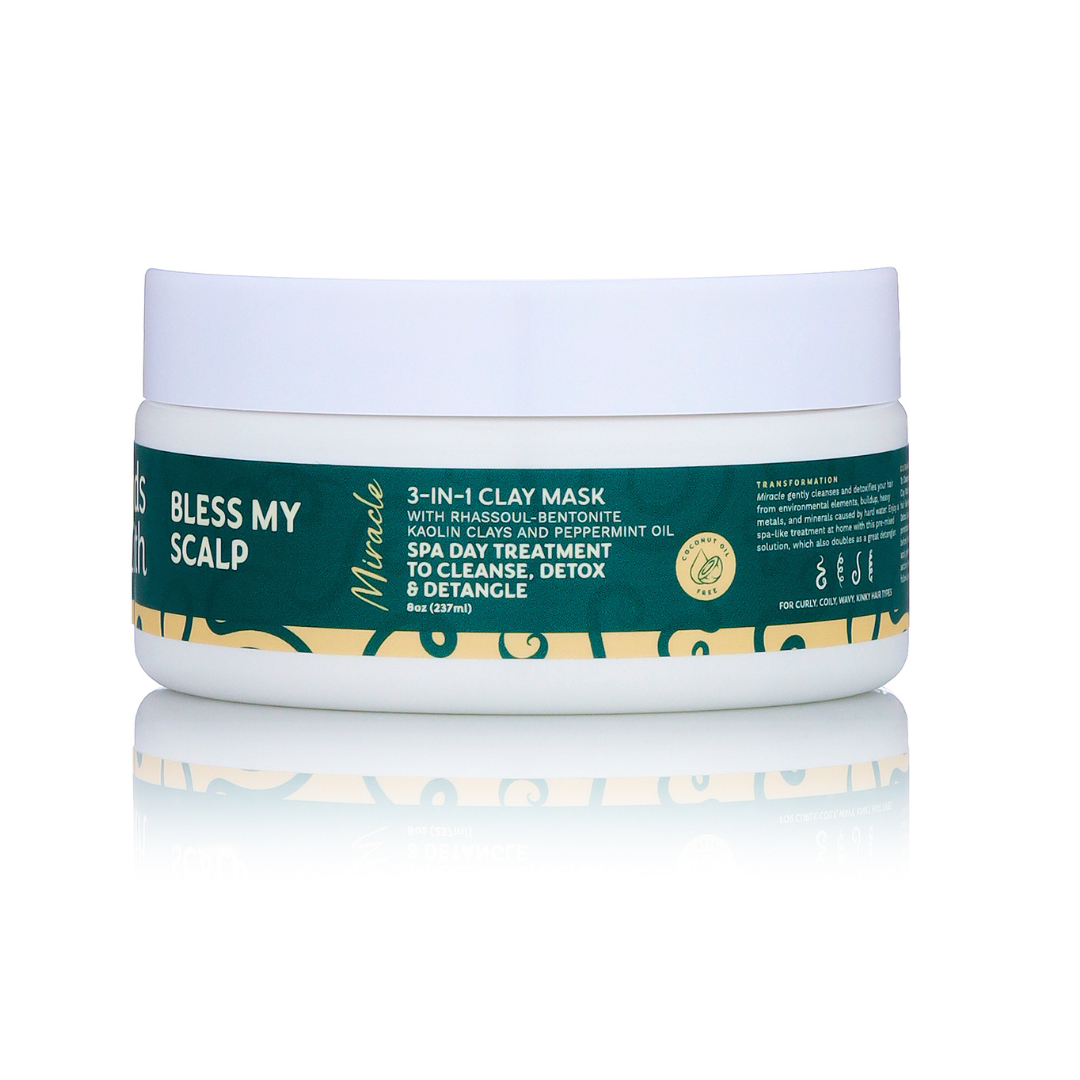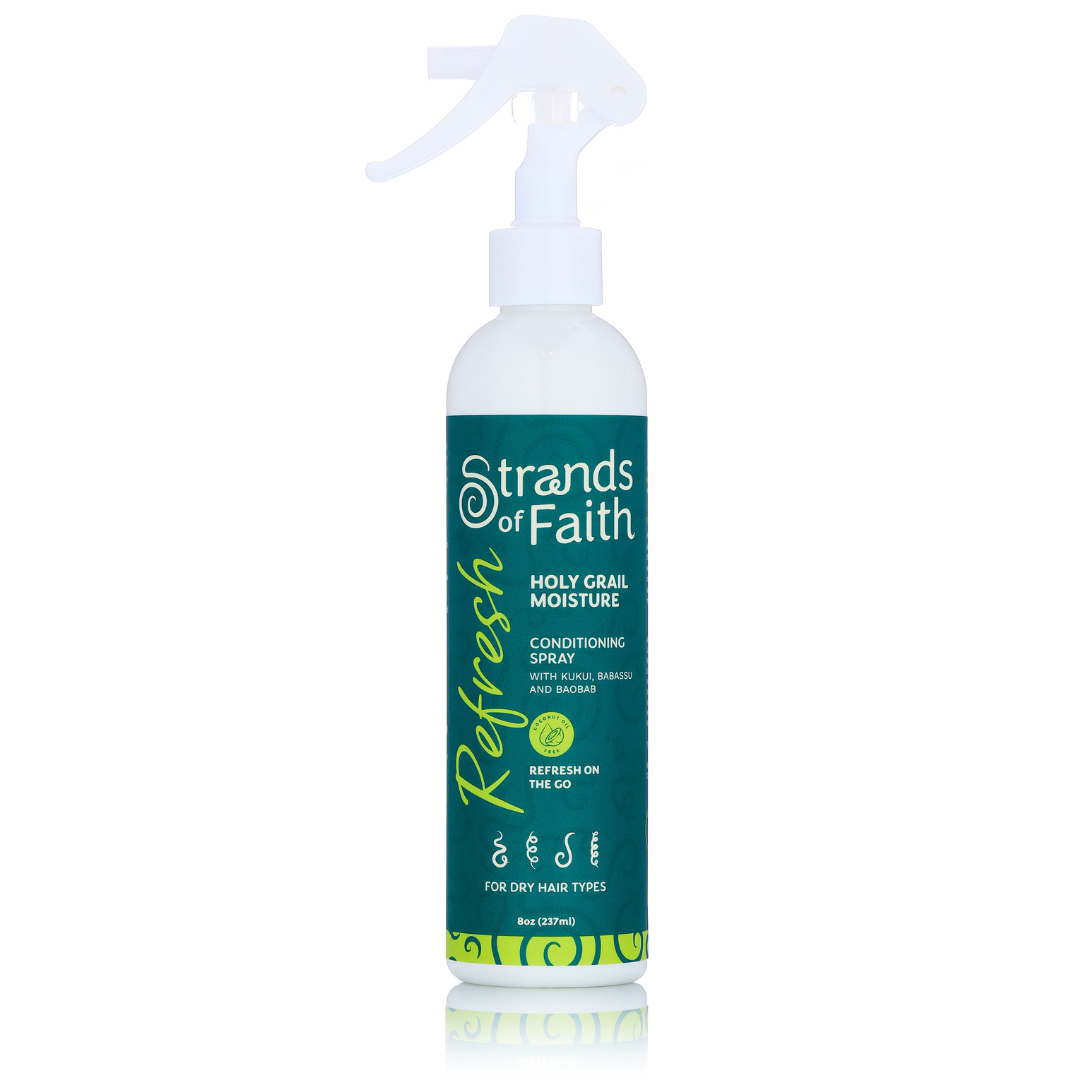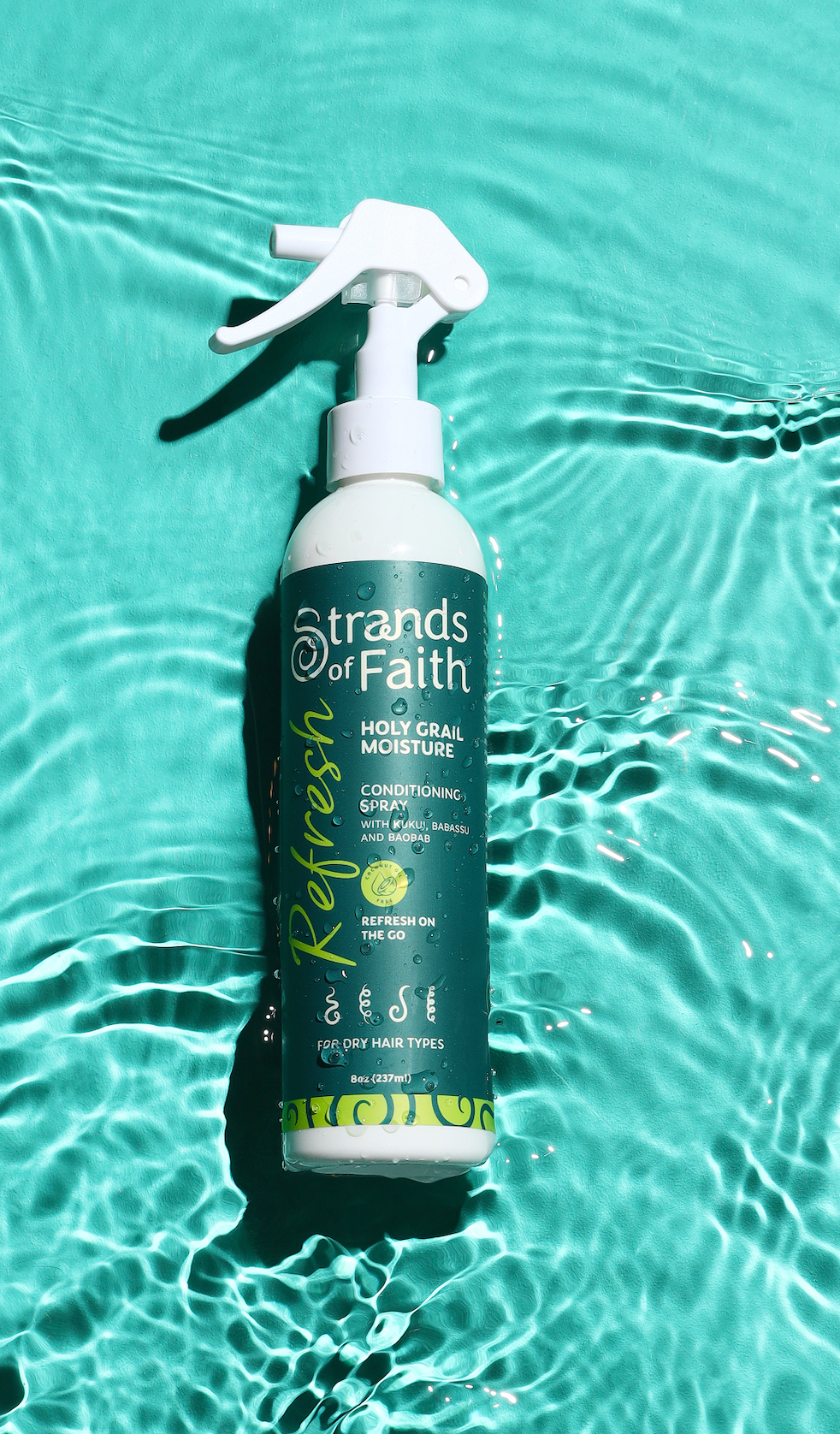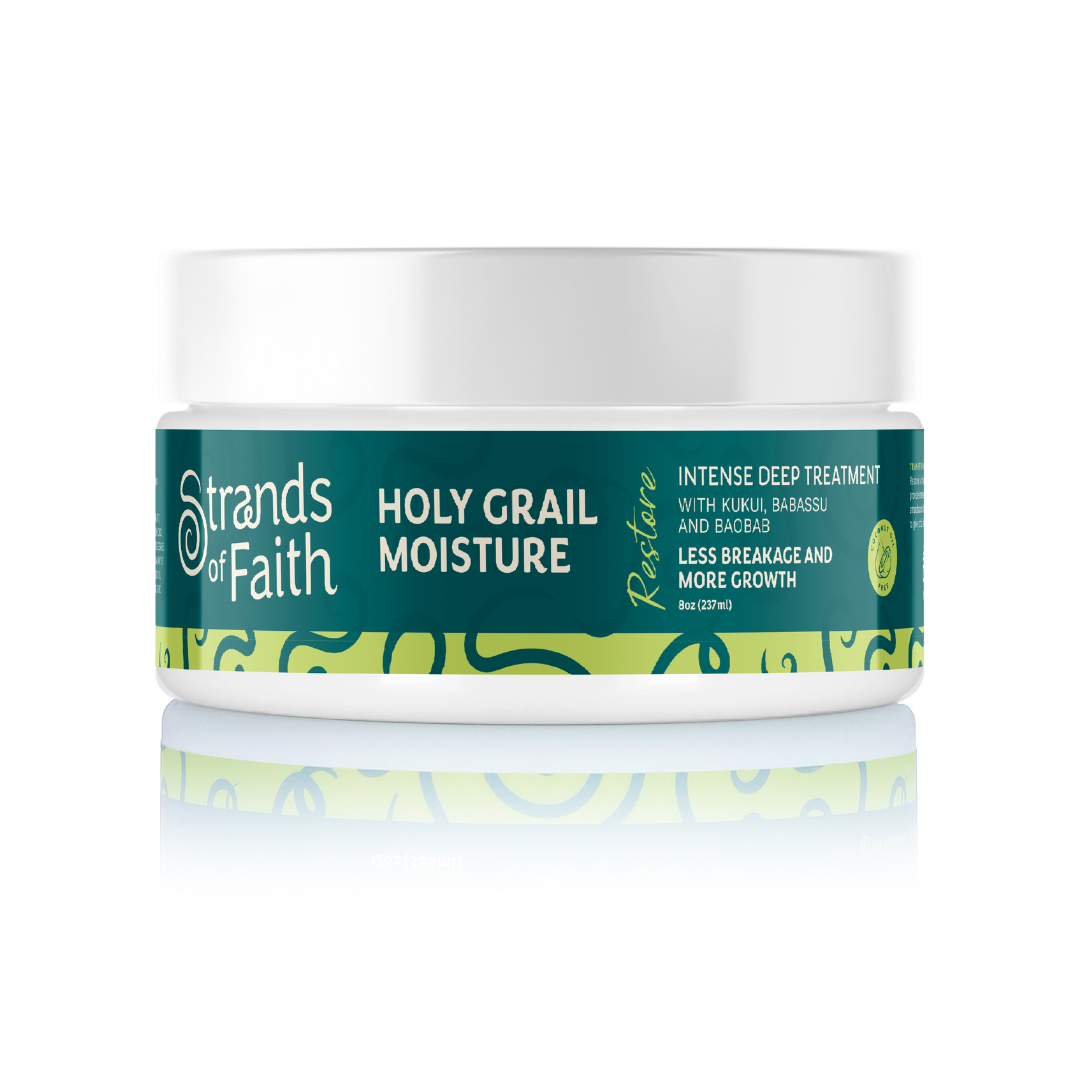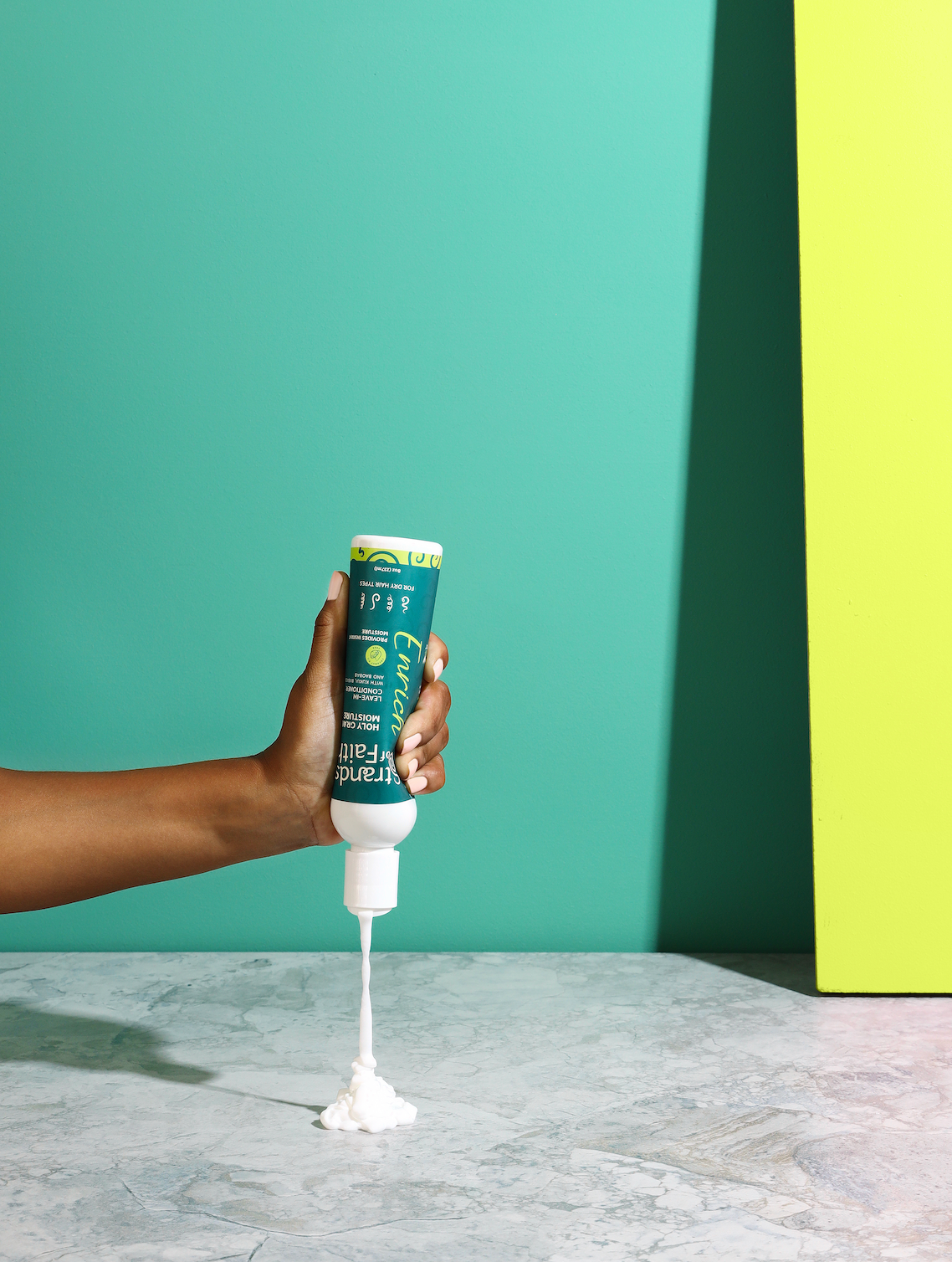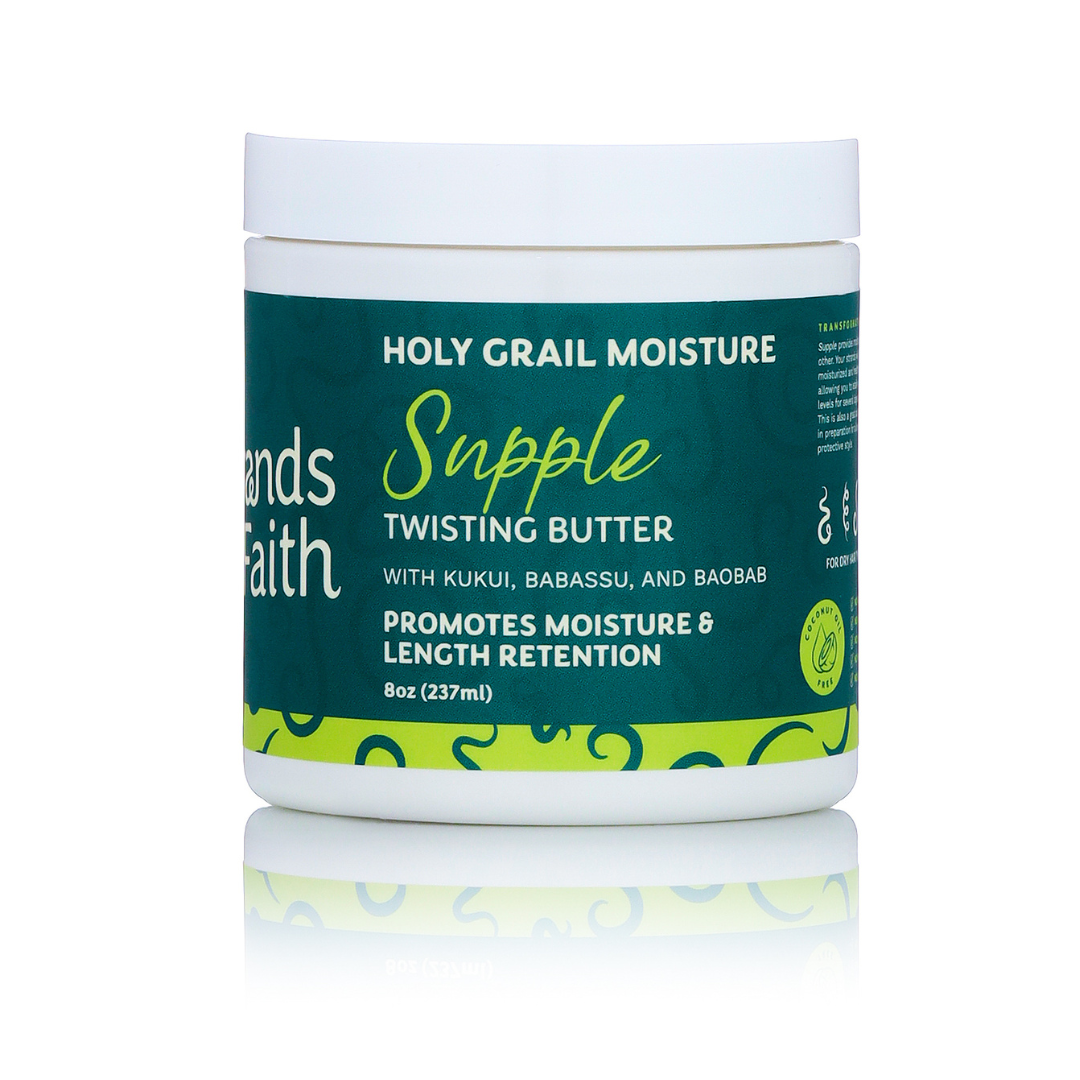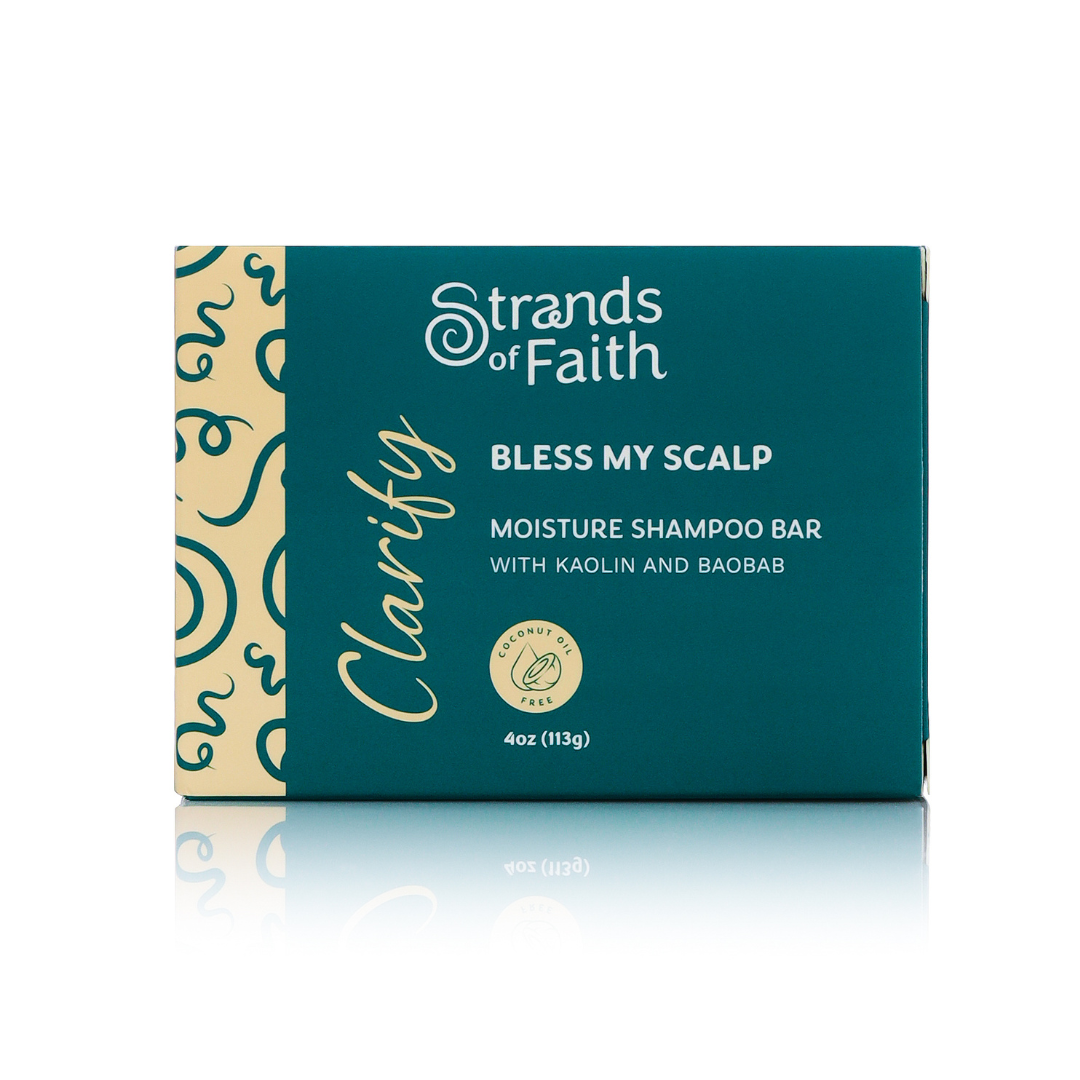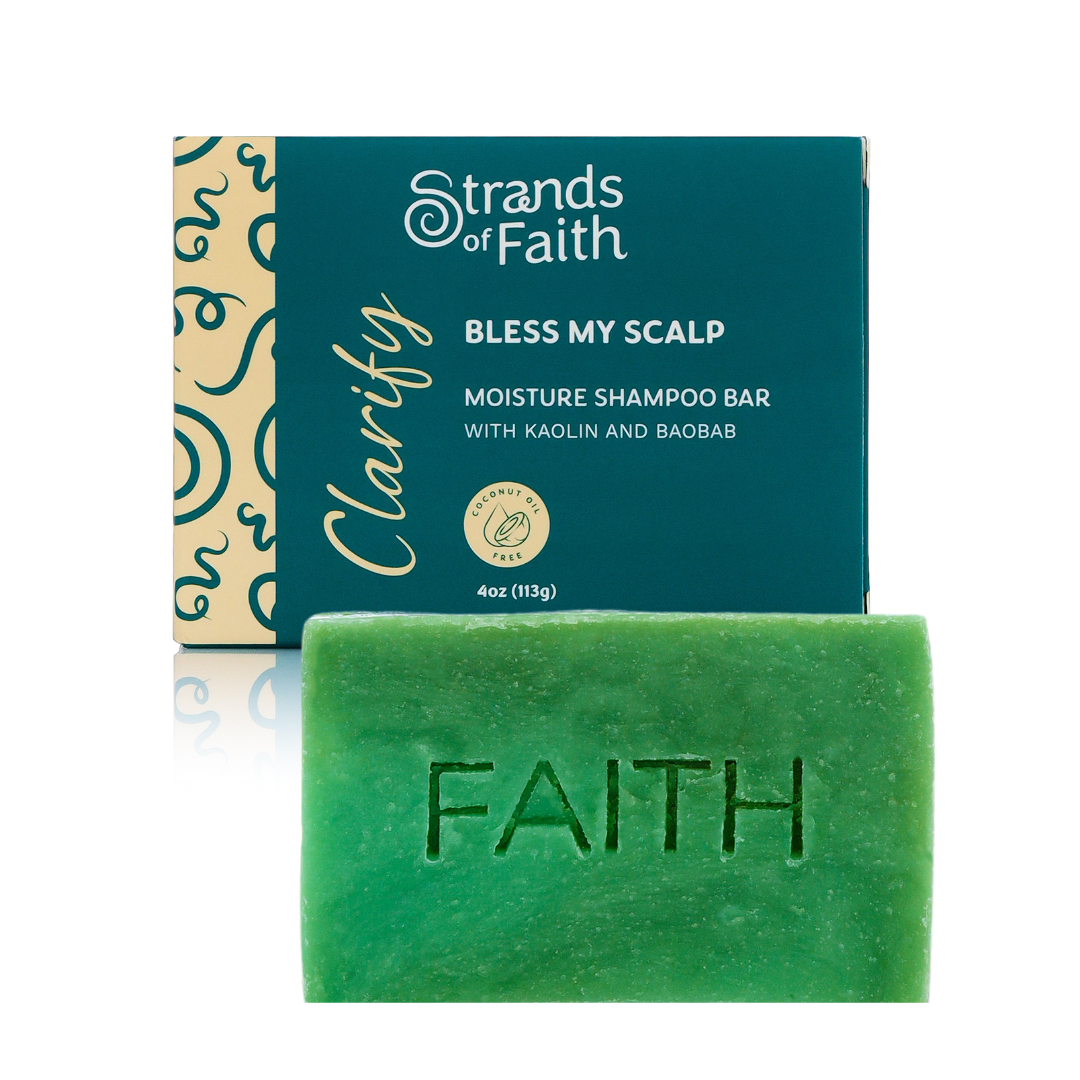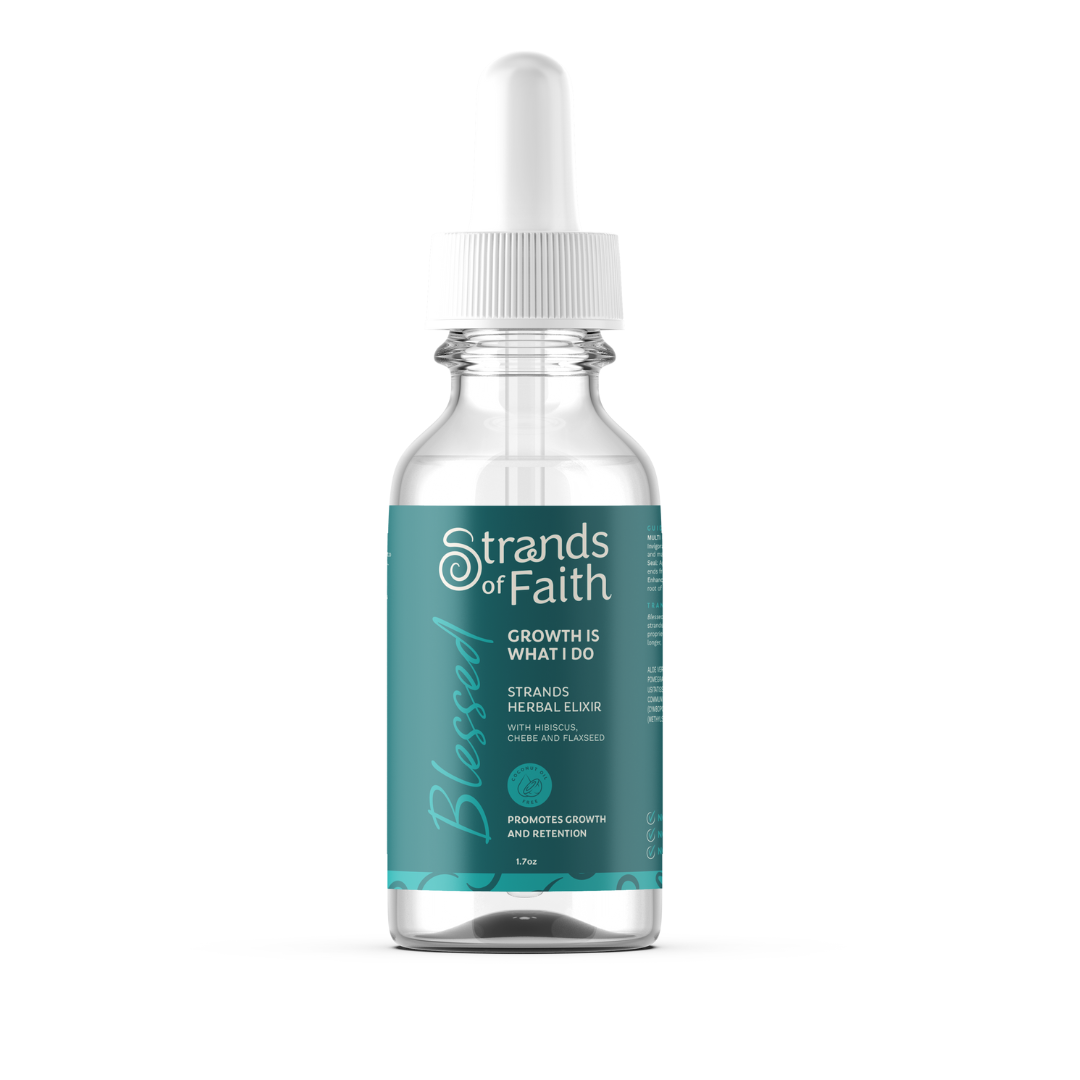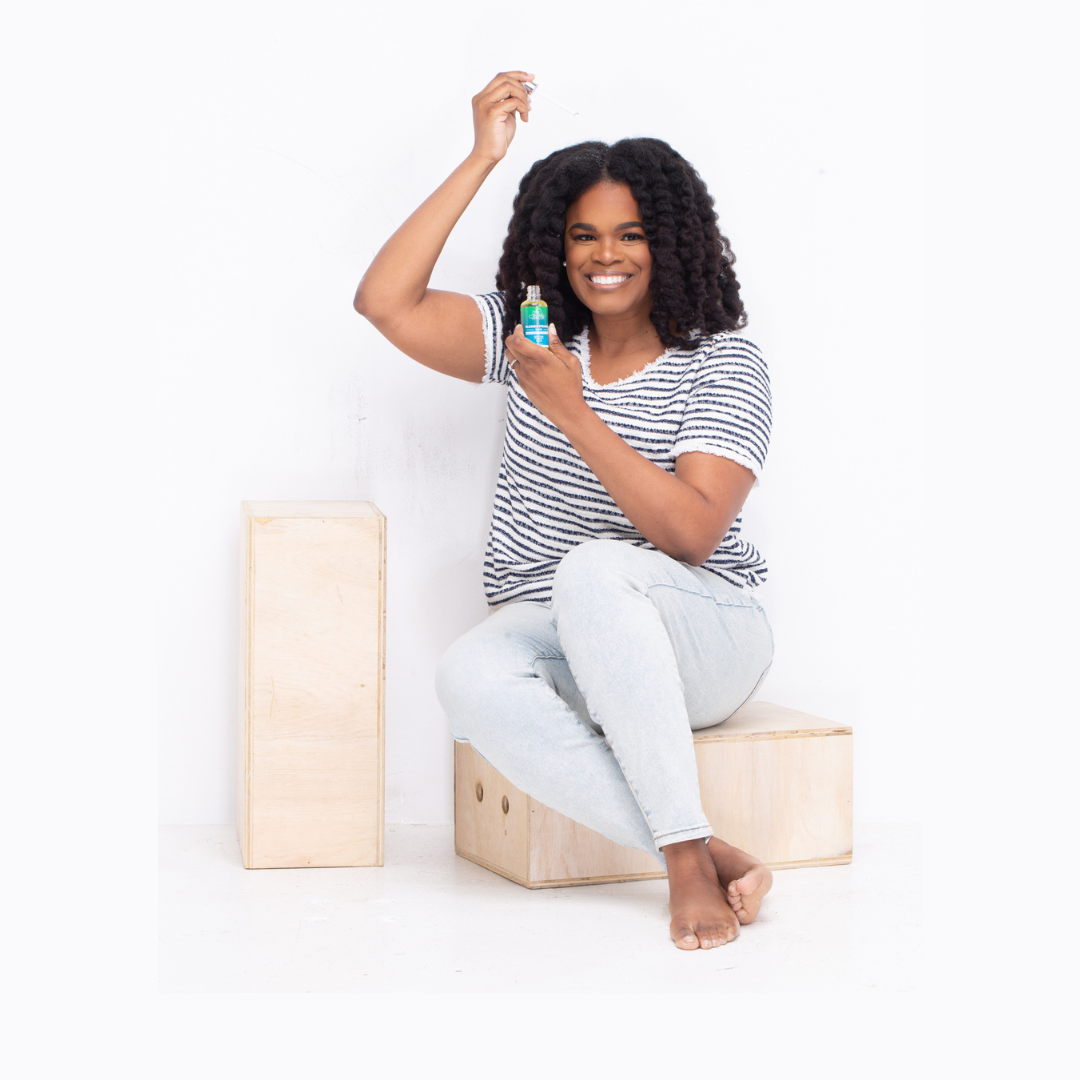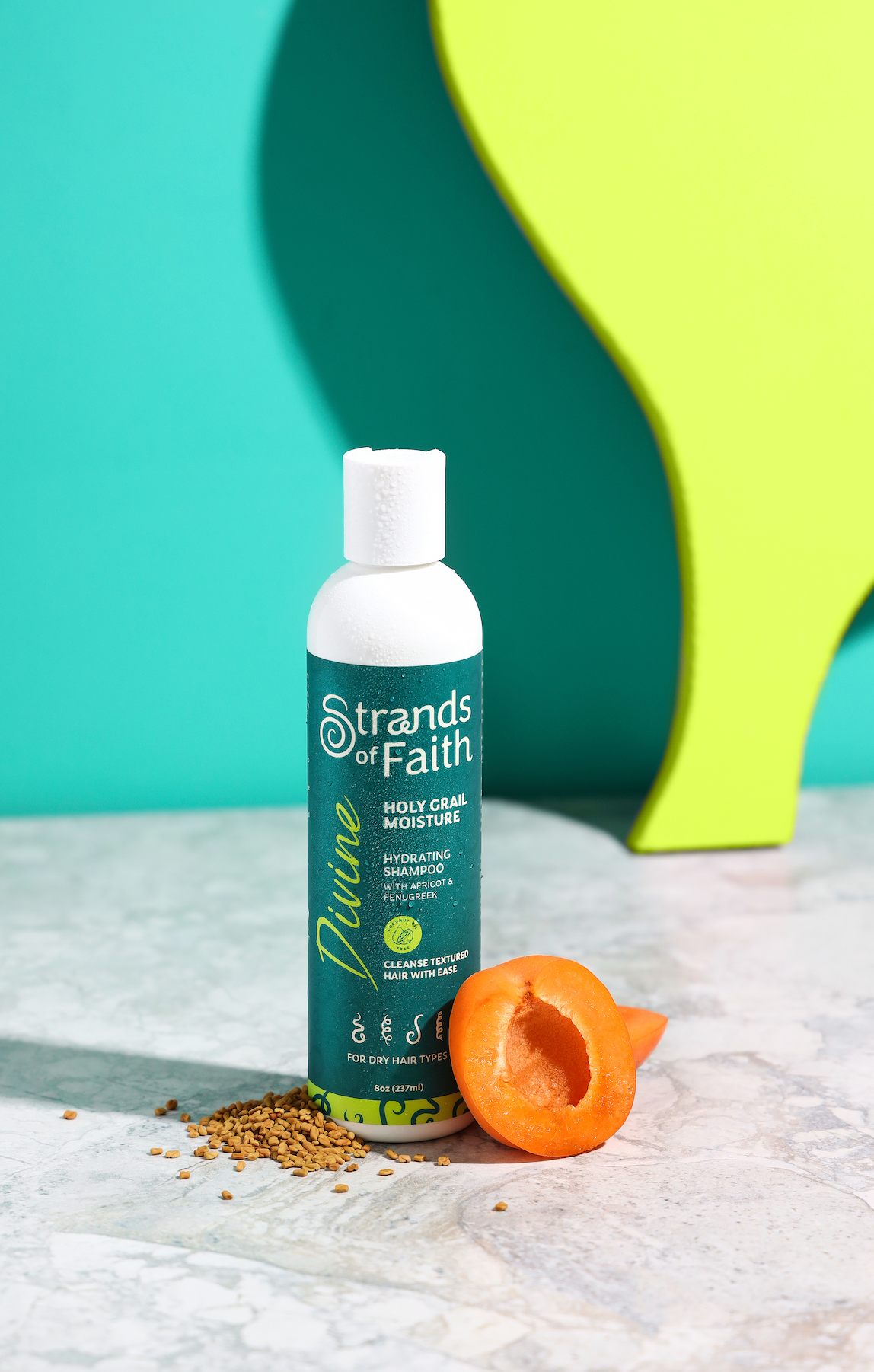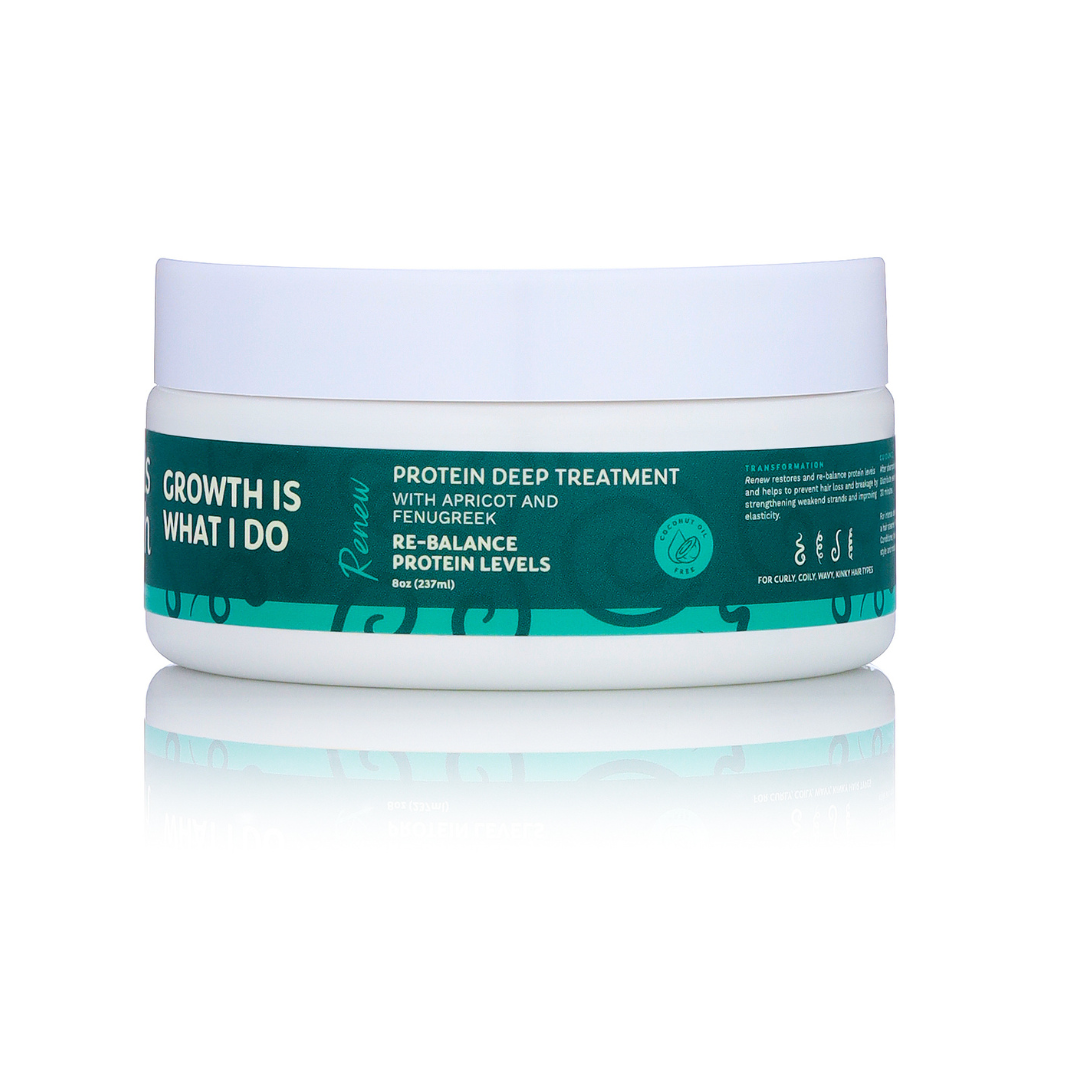5 Reasons You Might Be Overlooking
You’ve tried the oils. You’ve deep conditioned consistently. Maybe you’ve even experimented with rice water. Still, your hair isn’t growing—or at least, it doesn’t look like it is.
This is one of the most common frustrations in the hair care journey. But the truth is, hair growth isn't just about adding more products to your routine. Sometimes, the issue lies in what’s being overlooked.
In this blog, we’ll explore five major reasons your hair might not be growing—and what you can do to address them. Whether you're new to your healthy hair journey or have been on it for years, understanding these key insights can help you break through your current plateau and move forward with confidence.
1. Scalp Buildup Is Blocking Growth
One of the most underestimated causes of stagnant hair growth is scalp buildup. Over time, oils, styling products, sweat, and even environmental pollutants can accumulate on the scalp. This buildup can clog the follicles, making it harder for new strands to emerge and flourish.
There’s a common myth that “dirty hair grows faster.” While it’s true that over-washing can sometimes strip natural oils, leaving the scalp dirty for extended periods does more harm than good. A healthy scalp must be clean and balanced.
When buildup isn't properly removed, it can:
-
Suffocate the hair follicle
-
Attract bacteria
-
Cause inflammation or flakiness
-
Disrupt the natural hair growth cycle
✔️ What to do: Incorporate a gentle detox into your regimen at least once a month. Using a non-stripping cleanser like a clay-based wash can help purify the scalp without drying it out.
Recommended product: Miracle 3-in-1 Clay Wash — formulated to cleanse, detoxify, and nourish in one step.
2. Scalp Inflammation Is Shrinking the Follicles
Scalp discomfort often goes ignored. If your scalp feels itchy, tight, flaky, or sore, these may be symptoms of underlying inflammation—not just dryness or product irritation. Scalp inflammation can shrink the follicle opening over time, making hair strands finer and more fragile, and in some cases, leading to follicle miniaturization or closure.
This inflammation can be triggered by:
-
Poor product choices
-
Environmental stressors (pollution, sun exposure)
-
Internal imbalances (hormones, stress, gut health)
-
Autoimmune or dermatological conditions
✔️ What to do: If inflammation persists, consider seeking help from a dermatologist or trichologist. In addition to medical intervention, focus on scalp-soothing treatments and limit irritating ingredients like drying alcohols or heavy synthetics.
Look for products that contain:
-
Natural anti-inflammatories (like aloe, chamomile, or peppermint)
-
Lightweight oils that calm the scalp without clogging
Note: Scalp inflammation isn’t always resolved with a topical product—it may require identifying a root cause internally.
3. Breakage Is Canceling Out Your Growth
Hair growth is always happening. But if your strands are breaking just as fast as they grow, you won't see any noticeable length. This is why length retention is just as important as hair growth itself.
Breakage is often caused by:
-
Dry, brittle hair
-
Improper detangling techniques
-
Overuse of heat tools
-
Lack of consistent hydration and sealing
Many assume their hair isn’t growing at all when, in reality, the ends are snapping off faster than the roots are growing. One of the key signs of breakage is finding short, uneven strands or pieces of hair on your shirt, sink, or pillow—not full-length strands with the bulb attached (which would indicate shedding).
✔️ What to do: Focus on keeping your hair hydrated and protected, especially the ends. Use a combination of a leave-in conditioner, a moisturizing cream, and a lightweight oil to seal in hydration.
Recommended products:
Also, be sure to use gentle detangling tools and avoid manipulating your hair when it’s dry and fragile.
4. Your Routine Lacks Consistency
Hair thrives on consistency. One of the biggest reasons people experience stagnant growth is the constant shifting of routines, products, and techniques. Without a stable, long-term plan, hair doesn’t receive the support it needs to progress.
Inconsistency can show up as:
-
Switching products weekly
-
Skipping protective measures (like sleeping with satin)
-
Reinstalling tight styles back-to-back without breaks
-
Neglecting deep treatments for weeks at a time
Hair, like the rest of the body, responds best to structure. Routine builds resilience in your strands and allows you to track what’s working (or what’s not).
✔️ What to do: Create a core routine and stick to it for at least 60-90 days. Include regular wash days, moisture sessions, protective styling, and scalp care. Give your hair rest between tight styles, and avoid over-manipulation.
Planning and consistency often outperform frequent experimentation.
5. Internal Health May Be the Real Root Cause
Hair health starts from within. When growth slows significantly or changes drastically, the underlying issue may be internal—not just topical.
Potential internal factors include:
-
Chronic stress
-
Nutritional deficiencies (like iron, biotin, or vitamin D)
-
Hormonal imbalances (PCOS, postpartum, thyroid disorders)
-
Autoimmune conditions
-
Poor sleep or hydration habits
These issues often show up in the form of thinning, excessive shedding, or a sudden change in texture.
✔️ What to do: Support your hair from the inside out. Prioritize balanced meals, hydration, sleep, and regular exercise. Consider supplements if your diet lacks certain nutrients, but check with a healthcare provider before making major changes.
If you're doing everything “right” externally but still not seeing progress, it may be time for lab work or a consultation with a specialist.
Hair Growth Requires Intention, Not Just Effort
Hair growth doesn’t happen overnight—and it doesn’t happen through effort alone. The key is intentionality: focusing on what really matters, sticking to a plan, and understanding your body and hair’s unique needs.
Here’s a quick recap:
✔️ Keep your scalp clean and breathable
✔️ Reduce inflammation through gentle care and medical attention if needed
✔️ Retain length by preventing breakage
✔️ Build and maintain a consistent routine
✔️ Check in with your body—growth often starts from within
Sometimes the answer isn’t to try more products—it’s to go back to the fundamentals and do them well.
Final Thoughts
Healthy hair growth isn’t about doing everything—it’s about doing the right things consistently. When you learn to support your strands with care, patience, and purpose, you’ll start to see the results you’ve been waiting for.
Keep nourishing. Keep learning. Most of all, keep the faith in your strands.
WATCH VIDEO




